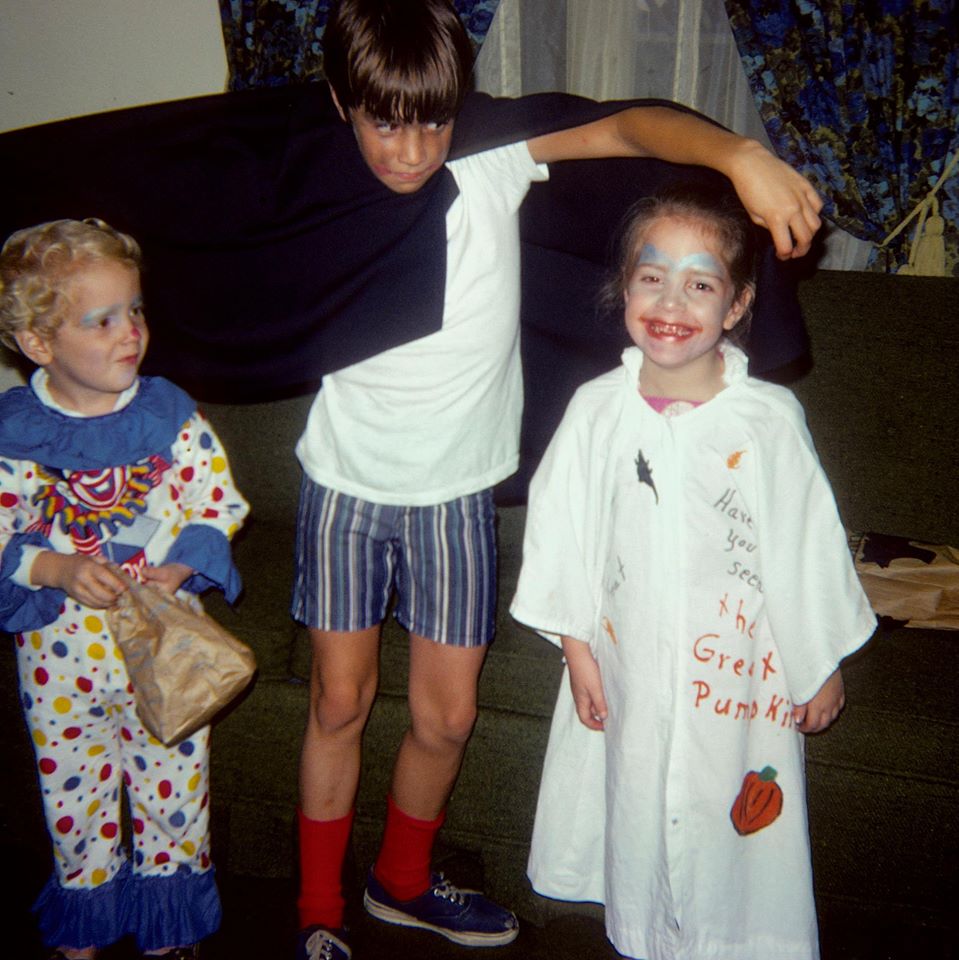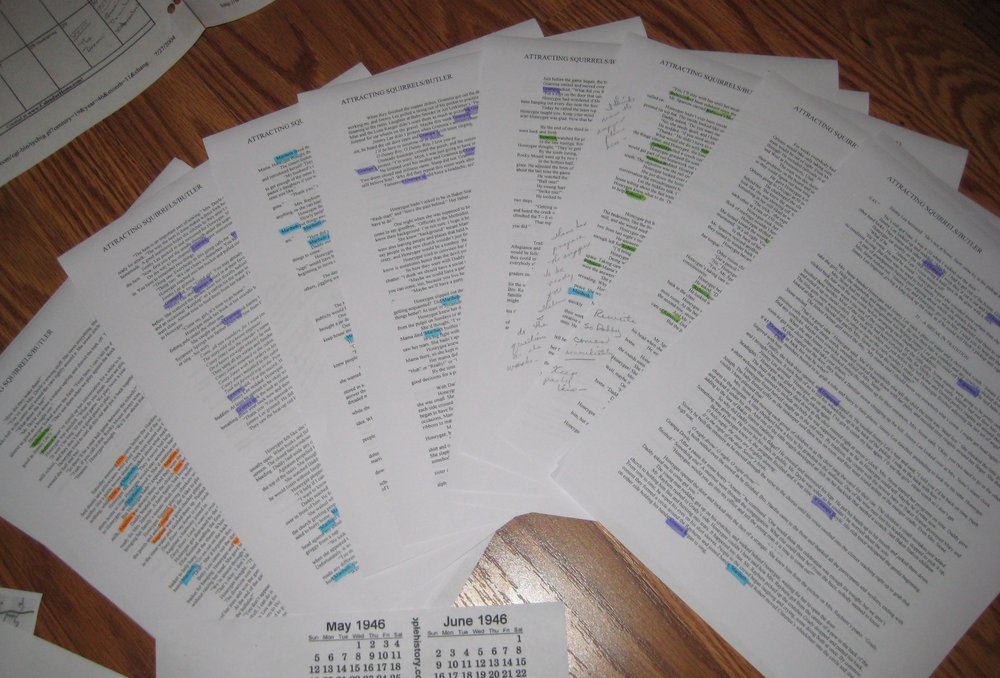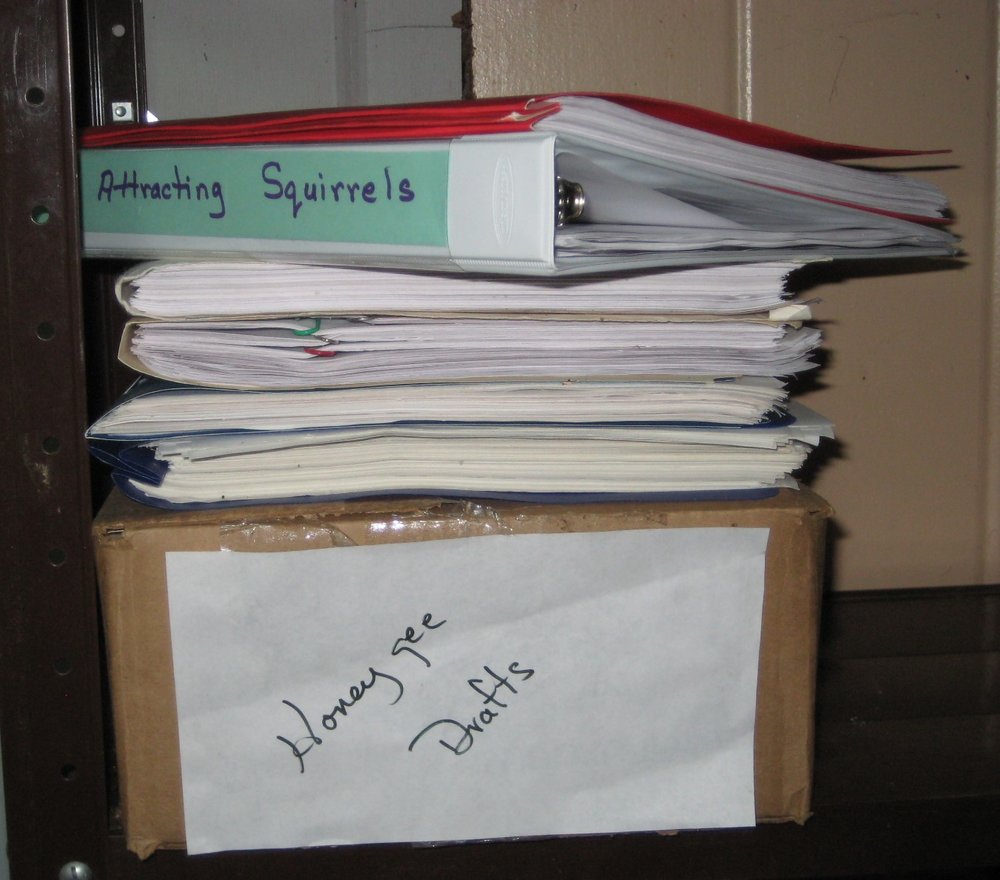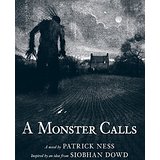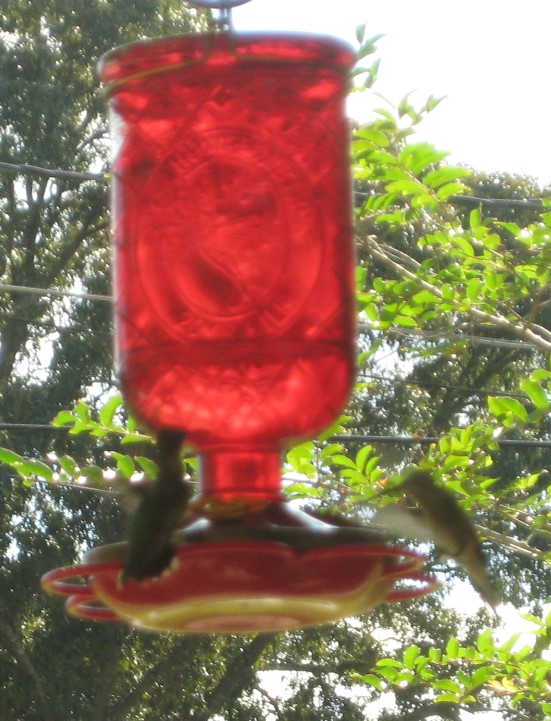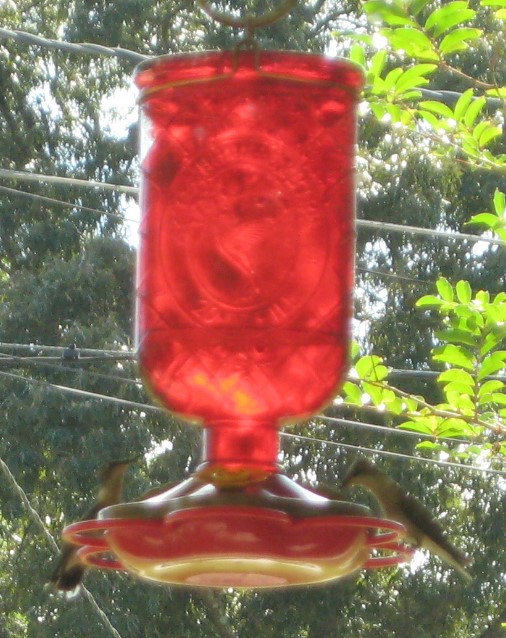 Mama never worried a lot about whether she was reading beyond our comprehension level. I’m sure I had not started to school when I first heard, “The best laid scheme o’ mice an’ men gang aft agley.”
Mama never worried a lot about whether she was reading beyond our comprehension level. I’m sure I had not started to school when I first heard, “The best laid scheme o’ mice an’ men gang aft agley.”
She didn’t mess up the joy of poetry with a lot of explanation, but I saw Robert Burns picture of the wee mouse’s house that he turned up with his plow. Over the years, I have noted the lesson of life plans often gone astray – including last Thanksgiving.
The plan was to have my sisters, a brother-in-law, a niece, and a great-nephew for Thanksgiving dinner. Using Charlie, the great-nephew who was in kindergarten as my excuse, I borrowed Pat Zietlow Miller’s picture book Sharing the Bread from our church library. (I am guilty, as you may have guessed, of being the one who suggested that they purchase it.) Plan A was to read the book before the Thanksgiving grace.
But the plan “gang aft agley.” Charlie’s grandfather’s illness prevented that branch of the family from coming. I’d always envisioned Burn’s mousie setting out to find a new “wee bit housie.” I assumed that, like me, the mouse had a Plan B.
None of my remaining Thanksgiving guests had been called children for a number of years, but you never get too old for a picture book, so I didn’t completely abandon the idea. I read the wonderful story of the multigenerational family preparing their Thanksgiving meal and then gave thanks for those who gathered to share our bread. I liked Plan B so much (and assume it was okay with my guests since nobody complained) that I plan to make it my new Thanksgiving tradition with or without small children.
I’m posting this early enough in November to give you time to borrow or buy a copy for your own celebration. It goes nicely before the Thanksgiving grace, and kids of all ages will enjoy it.



